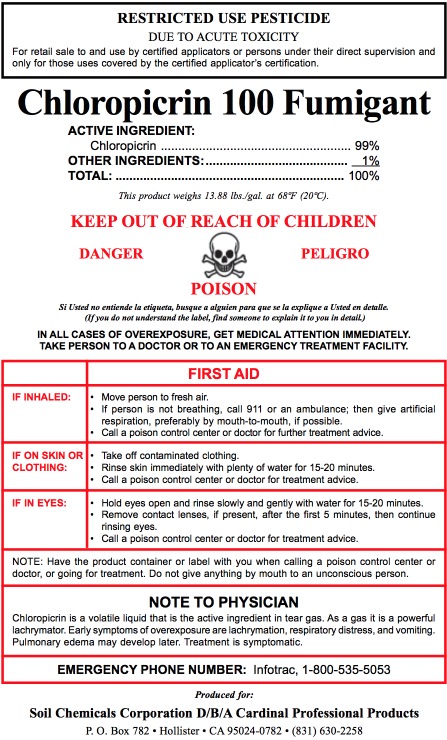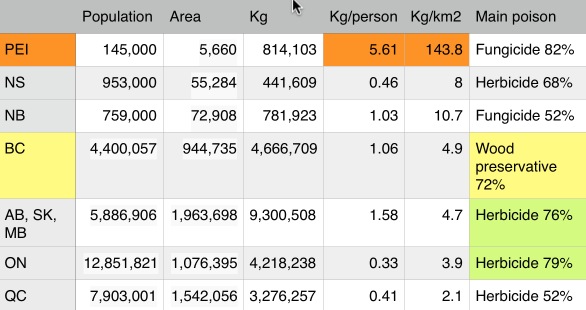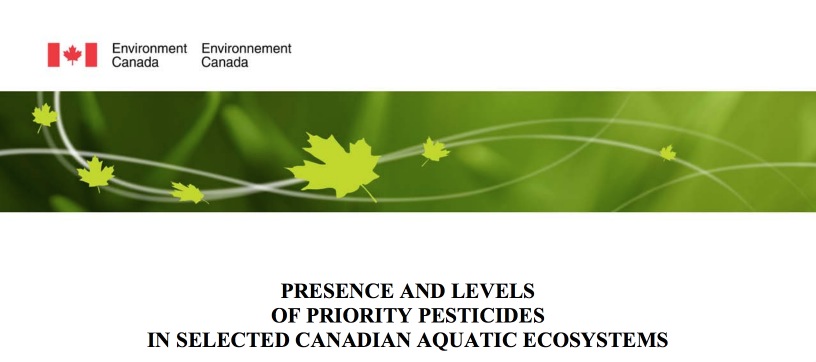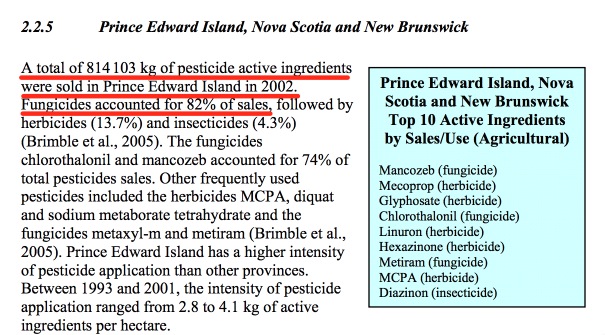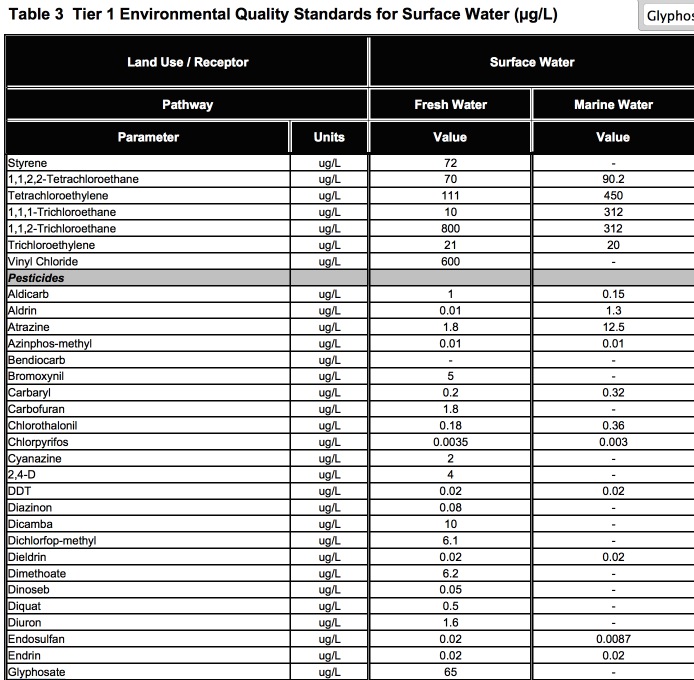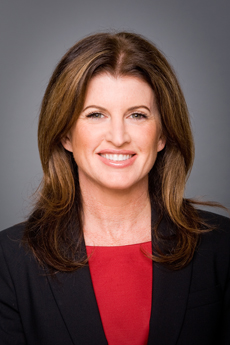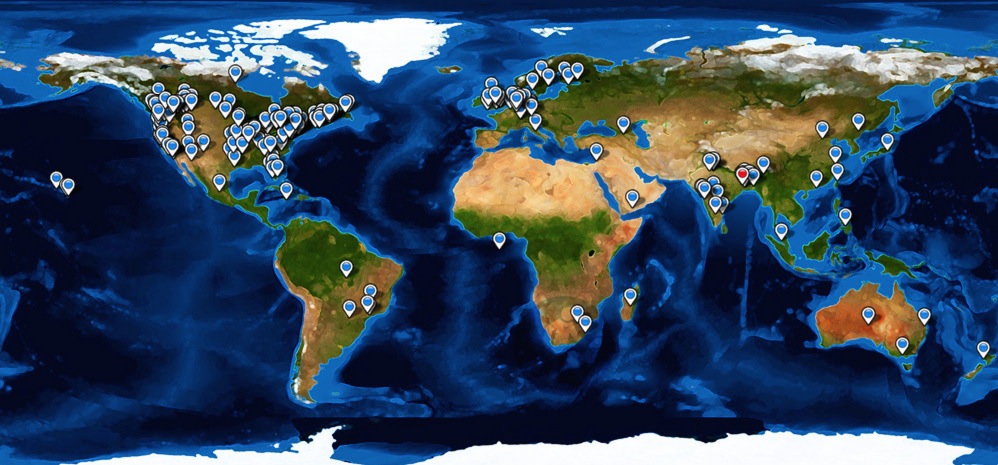To MLA Scott Hamilton, North Delta
cc: Jennifer Newman, Constituency Assistant to Minister Steve Thomson, BC Govt.
cc: Ministry of forestry, BC Govt.
cc: MLA Vicky Huntington, South Delta
Subject: Request for data on Pesticide use in BC wood processing industry,
Dear Honorable MLA Hamilton
Good day,
I am an engineer, a citizen journalist, a blogger (www.tonu.org), a podcaster, a videographer and a food security activist.
You are my representative in the legislative assembly of British Columbia, and I have been asked by the secretary of the Minister of Forestry, Mr. Steve Thomson, to approach you with my request. For reference I include an email sent to the honourable Minister Steve Thomson.
We, the citizens of Canada and residents of BC, are concerned about the rising pesticide load on the agricultural land, the forests and the aquatic ecosystem of the province, and wished to check how far the local Government has actually performed independent testing for presence of any potentially harmful substance in our environment that could be attributed to industrial activity.
While this effort is still ongoing, people are getting ready to conduct their own tests, thus bypassing the political process if need be, to find out if harmful contaminants have entered their neighbourhood.
From documents released by Environment Canada, I tried to use the information on latest records of pesticide use in different provinces, and by dividing that with area and population of each province, tried to get a per capita and per unit area pesticide load in a table. I include this table for your reference.
We note from the Environment Canada document, that a high percentage of pesticide use in BC is on wood preservatives, presumably due to concentration of lumber processing plants.
We would therefore like to know what kind of wood preservatives have been used in the past and being use now. Specifically, we are looking for figures, in Kg of toxic metals such as chromium, copper, tin or arsenic.
Further, we wished to know if Tributiltin (TBT) had been or is being used as wood preservative in the province and the Kg amount that may have been used so far.
All these are toxic and harmful to human health. Many of these items are now banned from industrial use in various parts of the world. TBT for example, has been banned from Marine use, where earlier it was used as anti-fouling paint on ships underwater hull, to prevent encrustation of barnacles. This was killing marine lifeforms and is now banned.
Based on information thus received, it is the wish of the people, to engage in conducting tests of the ground water, soil, and human and animal body fluids for the presence of these materials.
Ideally, such tests should have been conducted by the health and/or environment ministry, and not left to the industry which may have a vested and conflict of interest in such tests.
In absence of such tests performed by the BC Government, we plan to do it ourselves.
Meanwhile, we request information, from the Government and through you, on :
- A year upon year breakdown of the amount (by weight) of which kind of pesticide has been sold and used in the province.
- Specific types of wood preservatives that have been and are being used in the wood processing industry in BC and in which areas these are concentrated.
- Has the Govt of BC conducted independent study of presence of toxic chemicals or elements used by the industry, in the environment where they could harm the living planet including humans and livestock? If “yes” I would request for copies of these reports for public consumption.
Since I am part of a large body of grassroots organizers and since many of them are involved in this effort, and since this is a transparent above board effort of the people, this email may be put up on line or circulated for information.
In the coming March Against Monsanto event this May 24th in Vancouver, where thousands are expected to gather, I have been asked to address the people, and would have liked to mention a few elected officials that are working for us in finding the information thus requested.
I would have preferred to get encouraging feedback from the elected politicians, and thus would have mentioned them at the rally. Unfortunately, we have not received a single response from any elected official at the provincial level, although a number of elected Councillors have shown support for the effort, and a few MPs are also considering it.
I would therefore appreciate if you could assist us in finding the right answers to the pesticide distribution in BC, and help reduce cost of endless tests to find out what is more prevalent where. I would be glad to speak with you on phone on this, and pay you a visit should you so prefer. I would also like to take your name, in case you offer help and if you allow, in the march against Monsanto, as an example of an elected MLA that is helping us find further information on this very important issue.
Hoping for a positive response
With much regards
Tony Mitra
10891 Cherry Lane, Delta, BC, V4E 3L7, Canada
tony.mitra@gmail.com

